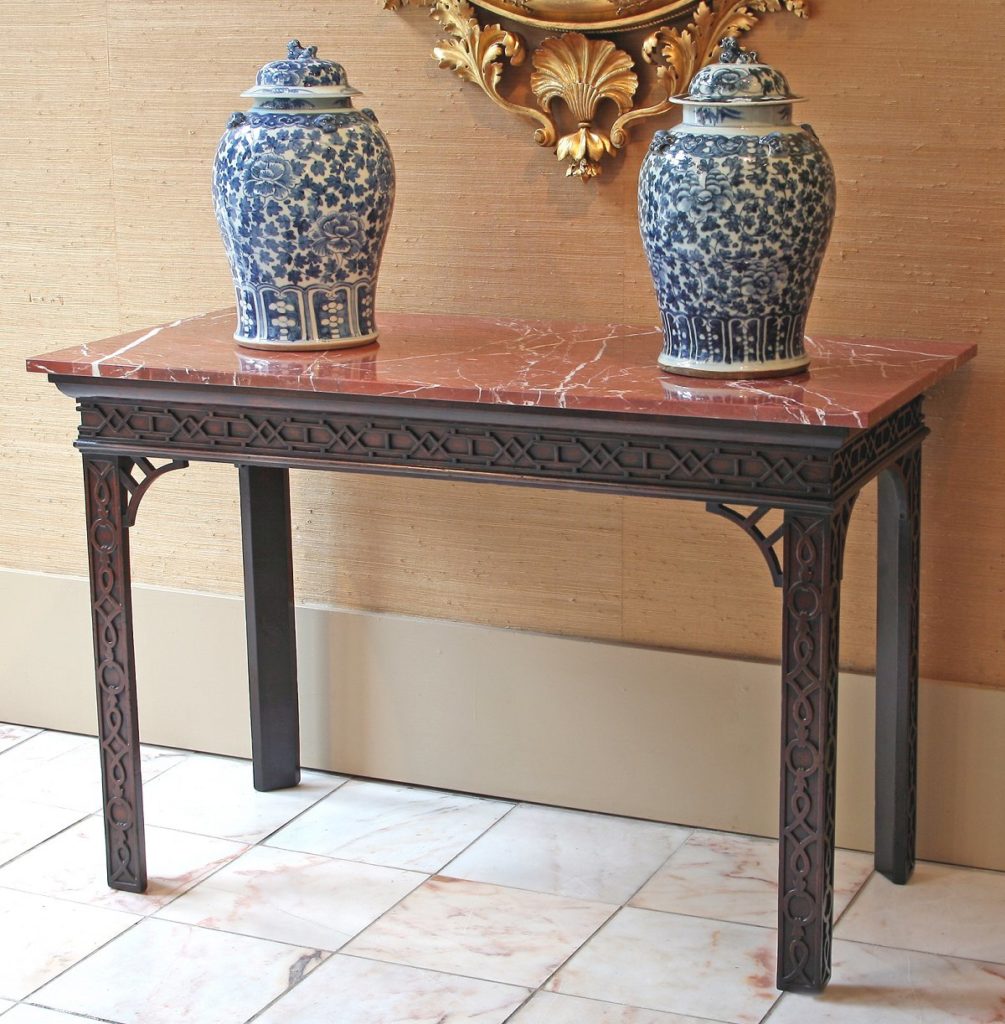It has for years been my sad refrain- the traditional trade, not just in traditional material but its traditions of marketing through bricks and mortar locations in proximity to like dealers and likewise amongst like dealers in the best fairs- that these ways in which to connect with clients new and established were quickly going the way of the dodo bird. For Chappell & McCullar, stalwarts in late years on Jackson Street in San Francisco and innumerable fairs in the US and the UK, we’ve been sadly witness to the death of very many fairs of decades-long tenure, and the complete disappearance of venerable Jackson Square as a venue for fine art and antiques.
And the replacement, I hardly need tell you, is the virtual storefront- even during our waning years on Jackson Square, the lion’s share of our sales were online, and nowadays, virtually all are derived from our virtual presence. We log as diligently our online statistics as we ever did the names, details, and preferences of those visitors who we were pleased to have darken our Jackson Square threshold. A sidebar, though- it shouldn’t surprise me that the business has headed the direction it has. While it has always seemed to me that, though we treat our stock as a fungible commodity- with established criteria for value and quality- clients would forever in the future wish to see, touch and in every way examine at first hand what we had to offer. With all that, from the very first, our gallery visitors always when asked told us that precedent to their visit, they had browsed our website.
So I shouldn’t be surprised that after very many years, the virtual has displaced the actual, and perhaps what I express as surprise is more than slightly inauthentic. What I really am is nostalgic for the old, high touch interaction between object and client and dealer.
I suppose my gentle readers might link the traditional material that is our stock in trade with my fondness for the traditional methods of selling it, but these traditional methods pervade all manner, including the edgiest of contemporary art. One only has to read the art press for a few weeks to discover the vicissitudes experienced by the contemporary art fairs, including the most recent Art Basel. While so many marques- Masterpiece, TEFAF, and Art Basel- continue to try to reinvent themselves to attract buyers, ‘The Canvas’ is reporting something at Art Basel that is astonishing. Contemporary dealer stalwart David Zwirner actually had an online viewing room at his stand offering what the dealer termed a ‘parallel art fair experience.’ Or, put another way, letting a fox into the art fair henhouse. Clearly, Zwirner knew what they were doing, selling items online at the fair into the 7 figures.
Mind you, Zwirner, Hauser & Wirth, and Gagosian are deep pocketed heavy hitters in the contemporary market, and though for the moment they are committed to not just fairs, but also bricks and mortar in addition to the virtual ‘parallel art fair experience.’ Still, an attachment to traditional methods was fatal to Partridge and Mallett on Bond Street and Kentshire in New York- for decades the most overarching presences within my sphere and now only of blessed memory.

